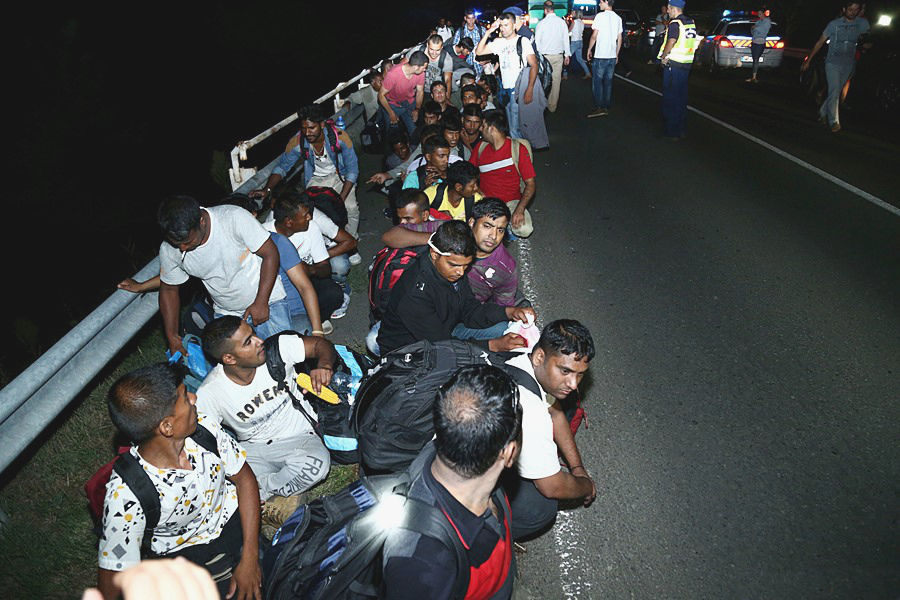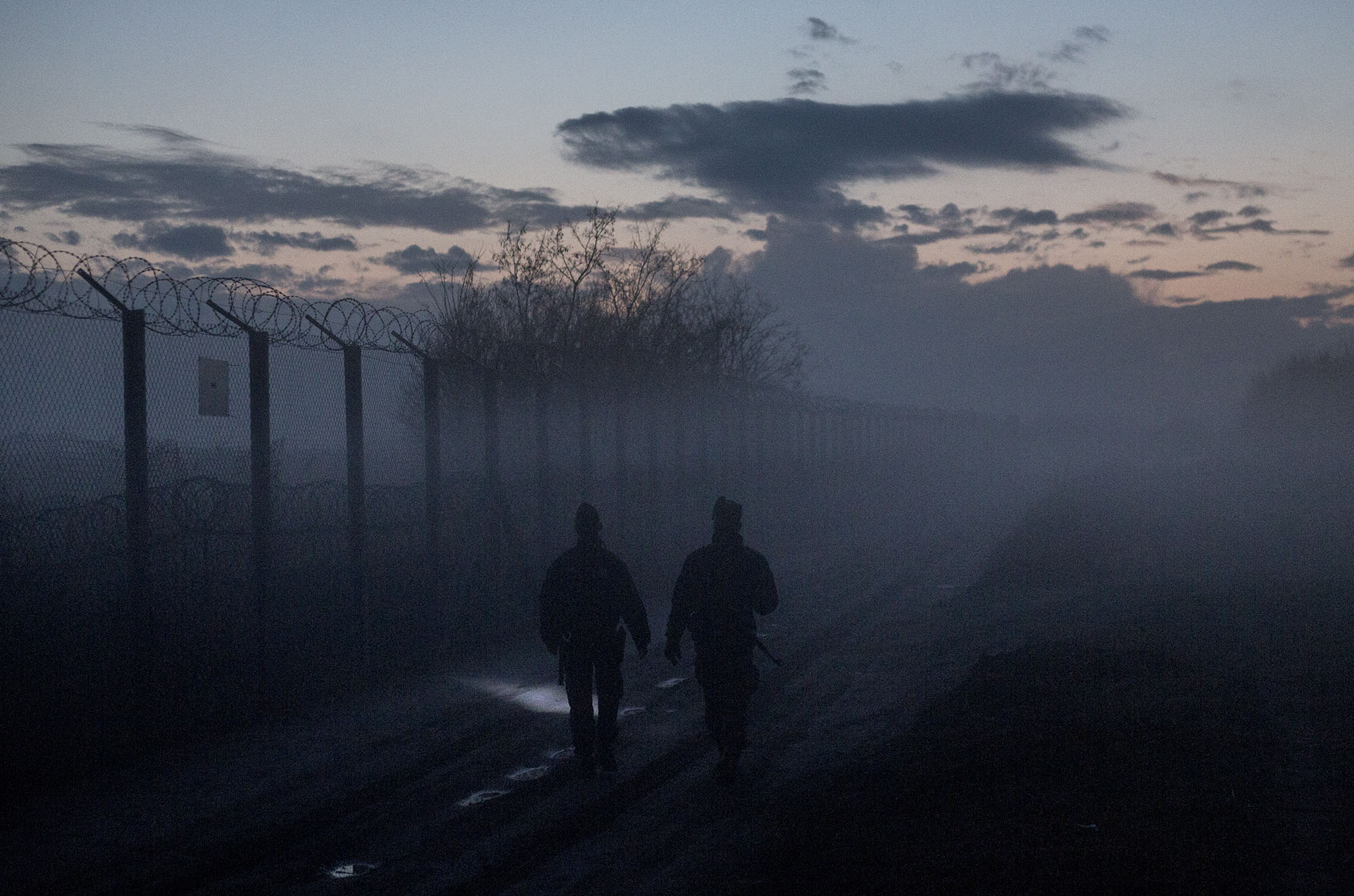Poland – ‘Poland today is not a country that can show Europe the way, it’s a country that has decided to go against European interests in many areas’, French president Macron said at a press conference in Bulgaria, in August 2017. This sentence is quite meaningful, as it shows Poland is not going in a way that the E.U. would like it to go. But the question is a bit different. Why is Poland taking this path? Maybe it has good reason to do it as it doesn’t recognise itself in the E.U. global policy.
‘Over the past two years, Polish diplomacy has sought to define our national interests. We have succeeded’, back then Polish MFA Witold Waszczykowski explained during a press conference in November, 2017.
One of the main disputes between Poland and the E.U. is probably linked to the energy sector. Poland is a state whose energy mix is highly dependent on coal. According to a briefing released by the E.U. Parliament in September, 2017, the country is ‘the 10th largest coal consumer in the world and the 2nd largest in the EU, after Germany’. In facts, its electricity grid is supplied from coal at 92%, and at 89% for heating. The International Energy Agency mentioned, in its 2016 Energy Policy Report, that Polish total primary energy supply (which we could understand as gross inland consumption) derived from 50.8 % from coal (in 2015). The same year, oil counted for 24.8%, natural gas for 14.6% and renewable energies for 8.9% only. In 2015, the hard coal mining industry employed 90,000 people, which was 0.6% of total employment in Poland. We can see that coal is at the core of the Polish energy industry. The whole system relies on high subsidies from the state which actually do not prevent the majority of the mines to be unprofitable.
Nowadays, the global emphasis is put at reducing greenhouse gas emission that is believed to have a big impact on climate change. The E.U. Commission set up a framework that the member states have to follow in order to pollute less. There is a 2050-plan and a 2030-plan, but by only looking at the 2020-one we can see that Poland would have to spend a lot of money in order to transform its energy mix:
‘By 2020, the EU aims to reduce its greenhouse gas emissions by at least 20%, increase the share of renewable energy to at least 20% of consumption, and achieve energy savings of 20% or more. All EU countries must also achieve a 10% share of renewable energy in their transport sector.’ (1)
Poland is directly under pressure to invest in green energy, but this would mean a loss of jobs and a likely rise of electricity prices. Two-thirds of Poland’s installed coal power plants are older than 30 years. Changing them by investing in modern ones or by diversifying its energy supplies (nuclear power plants, gas-fired plants etc.) is not going to be free. That’s why Poland sounds quite reluctant when it has to deal with the Commission about energy issues.
To go further into the energy gap between the E.U. and Poland, we also have to talk about the Three Seas Initiative. Poland is in fact in a central position if we consider the East-Part of Europe, located between the Scandinavian states, the Baltic states and Greece on a North-South axis. As part of its energy policy (which is mainly aimed at avoiding Russian gas imports), the Three Seas Initiative (T.S.I.) was first publicly proposed by Polish President Andrzej Duda in 2016. Including twelve-member states along a north-south axis from the Baltic Sea to the Adriatic Sea and the Black Sea, it aims at investing in schemes that could benefit the whole region. In facts, ‘one of the key projects is to enable liquefied gas terminals (LGT) at Świnoujście and at the Croatian island Krk to transport their energy into eastern Europe and the Balkans through energy interconnectors and transport corridors (…) Poland already has one fully operational LNG terminal in Świnoujście and wants to build a pipeline through Denmark that would connect Poland to Norwegian gas fields’. (2)
By doing this, Poland could become a new gas hub in Eastern Europe and allow many countries in the region to diversify their energy sources. In July, 2017, US President Donald Trump even stopped in Warsaw to attend the second meeting of the Three Seas Initiative. Strong supporter of the project, Washington has already started to export its liquefied gas at the new LNG terminal in Świnoujście (North of Poland), and is willing to keep going. In facts, this plan is aimed at countering the Baltic Nord Stream II gas pipeline going from Russia to Germany under the Baltic Sea, so against Russia as a major energy supplier:
‘By contrast, Russia today delivers most of its gas via pipeline to the EU market. The cost of Russian gas as a result of this and other factors is significantly lower. For Poland this seems not to matter. They dream of replacing Ukraine as the gas transit to the EU with gas from Norway and LNG gas from the USA and perhaps gas from Qatar if Washington does not manage to disrupt that via Saudi sanctions. (…) But that’s only the first part of what in fact is a NATO strategy to drive Russian gas out of EU markets. The strategy calls for making Poland a natural gas hub for Central Europe by linking Poland with Lithuania, Ukraine, Slovakia and the Czech Republic through interconnectors’. (2)
Naturally, the E.U. is quite suspicious about this project which goes against its plan to import more gas from Russia and that could benefit more to the U.S. than to the European continent. Also, it sees it as a way to destabilise the E.U. and to balance against Germany and France. On the opposite, Poland sees it as a solution to diversify E.U. gas sources, which mainly come from Moscow.
Overall, the main discontent points between the E.U. and Poland rely on the ambitious position Poland would like to gain on the continent, especially regarding its energy policy. As one of its key sectors (also linked as we could see with its biggest fear: Russia), the current situation of Poland is difficult to grasp, between its will to keep producing electricity at a cheap price despite new E.U. regulations on renewable energy, while trying to counter E.U. projects in the region due to its animosity towards Russia.
(1) Source: European Commission, ‘2020 Energy Strategy’, https://ec.europa.eu/energy/en/topics/energy-strategy-and-energy-union/2020-energy-strategy
(2) Source: F. William Engdahl, ‘The Geopolitics of Poland’s ‘Three Seas Initiative’, December 8th, 2017



